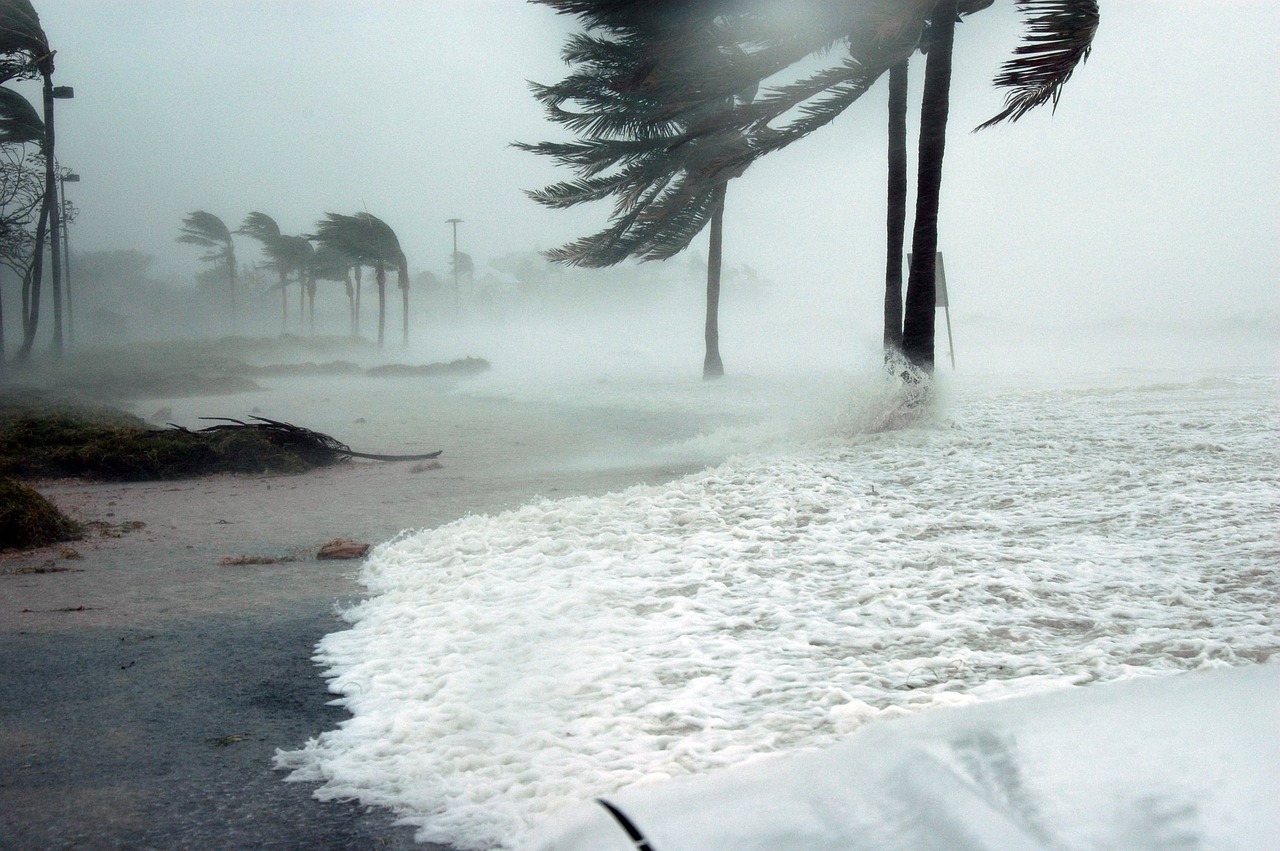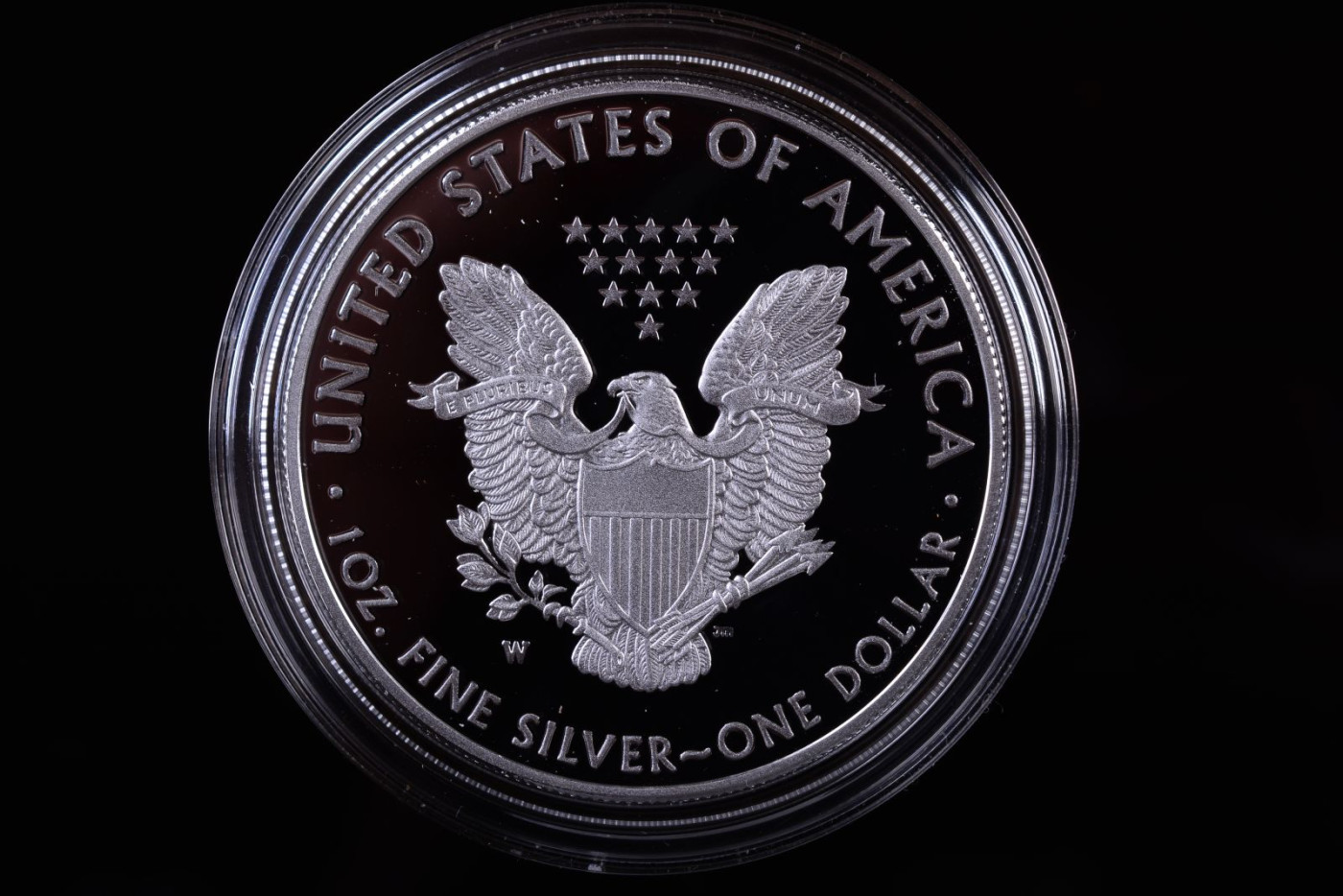- Most of you know I would rather spend time talking with people rather than talk at people about markets.
- I correspond with a young friend, a university student from Greece, on a variety of market topics with a little philosophy added in along the way.
- I'm posting some of our latest conversation this Sunday morning on the idea, “If one person has the question, so do others”.
Some of you may know one of the many jobs on my lengthy resume is Instructor. Way back in the day, I spent a couple semesters teaching an Ag Marketing class at Barton County Community College (Great Bend, Kansas). There was a textbook I was supposed to follow (I still have it somewhere), though it is safe to say I tended to not teach from the book. I was more interested in the reality of markets and market behavior, what makes them work or not work (depending on one’s opinion), and the psychology of the different groups that make up the players in the game. Naturally, I talked about Game Theory, pointing out markets were a simple One-Person game of man vs. nature, with markets playing the role of nature.
Those of you who have been to any of my presentations over the years know my favorite part is the Q&A at the end. This always gave me the chance to again instruct rather than just present. And I never knew (know) what question is going to come up, so there is always an element of surprise. Many of you will also recall I have no problem answering, “I don’t know”, rather than make up normal analytical gibberish.
With that as background, I have a young friend from Greece named George who is a university student at Piraeus. I enjoy visiting with George for many reasons, including he reads, studies, and understands the greats of Greek philosophy. George also sends me questions, in a student/instructor sort of way, emails I look forward to and continue to collect. As instructors throughout the ages will attest, I learn as much from the student as he does from me. Last but certainly not least, George paints the most beautiful backdrop with words describing his setting when we visit (e.g.: “I’m writing this email from my balcony, watching the moon perched above the peak of Olympus, as if it’s taking a rest before continuing its journey across the night sky.)
I received an email from George Saturday evening and spent this morning putting together my answers (In my basement office, staring at cinder block walls as a backdrop.). I asked George if I could share his questions with all of you, for I see the value in the old saying, “If one person has a question, others likely have the same question.” With all that said, here is the Q&A for this Sunday morning.
(George): I don't want to stray too far from the usual topics of our discussions, so here are some questions that have been on my mind:
Q: In your weekly analysis, you mentioned, "A large part of 2024 production has already been priced, as well as some 2025 and possibly some 2026." I’ve been meaning to ask for clarification—what does this mean in practice? Could you explain how this works?
- Great question. My Weekly Analysis is largely geared toward folks in agriculture who use the information for hedging (price protection) purposes. What I mean by this is they might’ve previously sold December 2024, 2025, or 2026 corn futures to lock in prices for expected production during those years. This would’ve been done starting at the end of May 2022 (as part of the Monthly Analysis, geared more toward long-term investment traders) when the long-term trend of the market turned down. Those same monthly charts showed this downtrend came to an end this past August. Therefore, if producers/hedgers had short futures in place as price protection, these positions could’ve been bought back. If producers did cash contracting instead, they could look at buying nearby Dec24 futures against both this year’s cash sales and later years or do nothing given they have no price risk at this time.
Q: In this week's corn analysis, you stated, "With additional bushels held unpriced (until) the intermediate-term uptrend comes to an end." Could you clarify when exactly this uptrend might end, and what factors might trigger it?
- I run two sets of Weekly Analysis for corn (it’s the market most of my subscribers are more interested in), Cash and Futures. The weekly chart for the cash index I track is also showing an uptrend, similar to futures contracts. (As strange as it sounds, this isn’t always the case. For example, Dec corn futures completed a bullish reversal at the end of August telling me the long-term downtrend had come to an end. Meanwhile the National Corn Index (ICY00) has not completed a long-term bullish reversal as of early October.) From a hedging point of view, producers usually don’t put price protection on 100% of their expected production (though some do). This means they will have additional bushels to market as we get deeper into harvest. With the trend of the National Corn Index turning up, and in line with its seasonal tendencies, those additional bushels should be held unpriced until we see this secondary trend change direction again. As we know from applying Newton’s First Law of Motion to markets (I still consider Sir Issac Newton as the Father of Technical Analysis): A trending market will stay in that trend until acted upon by an outside force. With that outside force usually noncommercial (investment, fund, speculative, etc.) activity. What could make funds start selling again? 1) Fundamentals: Recall corn’s fundamentals are generally neutral with the exception of the May-July futures spread. We’ll find out if this is enough to lead funds to move into a net-long futures position.
Q: You also noted in the COT report that corn contracts have diminished over the past week. Is this a typical seasonal trend during harvest, or do you think it could be influenced by external factors like the tensions in the Middle East, with funds moving towards more volatile markets?
- A good segue from the previous question. Investors don’t like uncertainty and chaos. Increased volatility means more money is at risk because a market can move further, faster. However, as my Rule #6 says, “Fundamentals win in the end”, meaning funds will move toward those markets with the more bullish supply and demand situation. If we look at the 3 Kings of Commodities we have:
- Corn (ZCZ24): Neutral with the May-July futures spread as an outlier
- Crude Oil (CLX24): A forward curve in backwardation (inverted) meaning long-term supply and demand is viewed as bullish.
- Gold (GCY00): Historically a safe haven market against global economic and political chaos.
- Give this, and looking at the declining CoT numbers for corn, it looks like funds are moving out of corn and into crude oil. It was interesting to note the sharp drop in gold longs this past week. While one day (week) does not a trend make, I’ll need to keep an eye on this while thinking about what it might be telling me regarding the aforementioned global economic and political chaos.
Q: In the past, you mentioned the corn rally as being intermediate- to long-term, potentially driven by short covering. Do you think there’s a chance that the short covering might be running out of contracts, leading to a decline next week?
- Nicely done. That is what I’m thinking regarding the corn market. This past Tuesday saw the net-short futures position decreased to 7,193 contracts. Then, from Tuesday’s close through Friday’s settlement, Dec24 corn was down 4.25 cents. While some of this was likely pre-harvest weekend commercial hedge selling, there could also have been some new noncommercial selling thrown into the mix as well. It will be interesting to see what happens Sunday night through Tuesdays close.
Q: I also read that Florida might be hit by a hurricane on Wednesday, which will likely cause a spike in orange juice prices. Do you think this could also impact soybean and corn prices?
- Another great question, reminding me of a story I’ve told before from back when I was a young broker and a customer wanting to buy lumber futures ahead of a Florida hurricane. If I had to pick three markets that could jump on another hurricane hitting Florida so soon after the last it would be 1) Orange Juice 2) Crude Oil (a lot of wells in the Gulf of Mexico) and 3) RBOB Gasoline (supply disruptions). I’m not expecting much reaction by the corn and soybean markets, but it’s always possible.
Q: In your wheat analysis, you mentioned, "There are no short hedges in the new-crop July 2025 contract at this time." Is this due to the bullish sentiment in August, or is there another reason for this?
- As for new-crop 2025 July Chicago (and Kansas City) wheat; the intermediate-term trend has turned up, in line with normal seasonal tendencies. This should give producers better pricing opportunities later next spring. A side note: Wheat producers seldom do much in the way of forward pricing anyway because production is so variable. What is estimated to be 33% of a crop could turn out to be closer to 100% when all the weather events are accounted for by next summer’s harvest. Production in corn and soybeans can also vary, but not to the degree of wheat.
Q: Lastly, I noticed that soybean future spreads moved into neutral territory despite the recent "hot weekend" and the impending hurricane. Isn't this odd?
- Soybean spreads are indicating US production is more than large enough to meet demand. As for our read on Brazil’s next crop, the May-July spread, it will continue to bounce back and forth across the 33% (calculated full commercial carry) threshold, ebbing and flowing with the changes in weather forecasts and actual developments.
(George): As always thanks in advance and I wish you a great rest of your weekend.
- Thank you for your email. As you know, I enjoy our conversations. Have a good rest of your weekend.
Darin
More Energy News from
- 1 Midstream Energy Stock to Scoop Up Now for 5% Yield
- Crude Prices Rally on Fears of Escalation of Middle East Hostilities
- Nat-Gas Prices Retreat on Shift of Tropical Storms Away from the Gulf of Mexico
- Crude Prices Underpinned by War Risks in the Middle East
On the date of publication, Darin Newsom did not have (either directly or indirectly) positions in any of the securities mentioned in this article. All information and data in this article is solely for informational purposes. For more information please view the Disclosure Policy here.
Disclaimer: The copyright of this article belongs to the original author. Reposting this article is solely for the purpose of information dissemination and does not constitute any investment advice. If there is any infringement, please contact us immediately. We will make corrections or deletions as necessary. Thank you.







